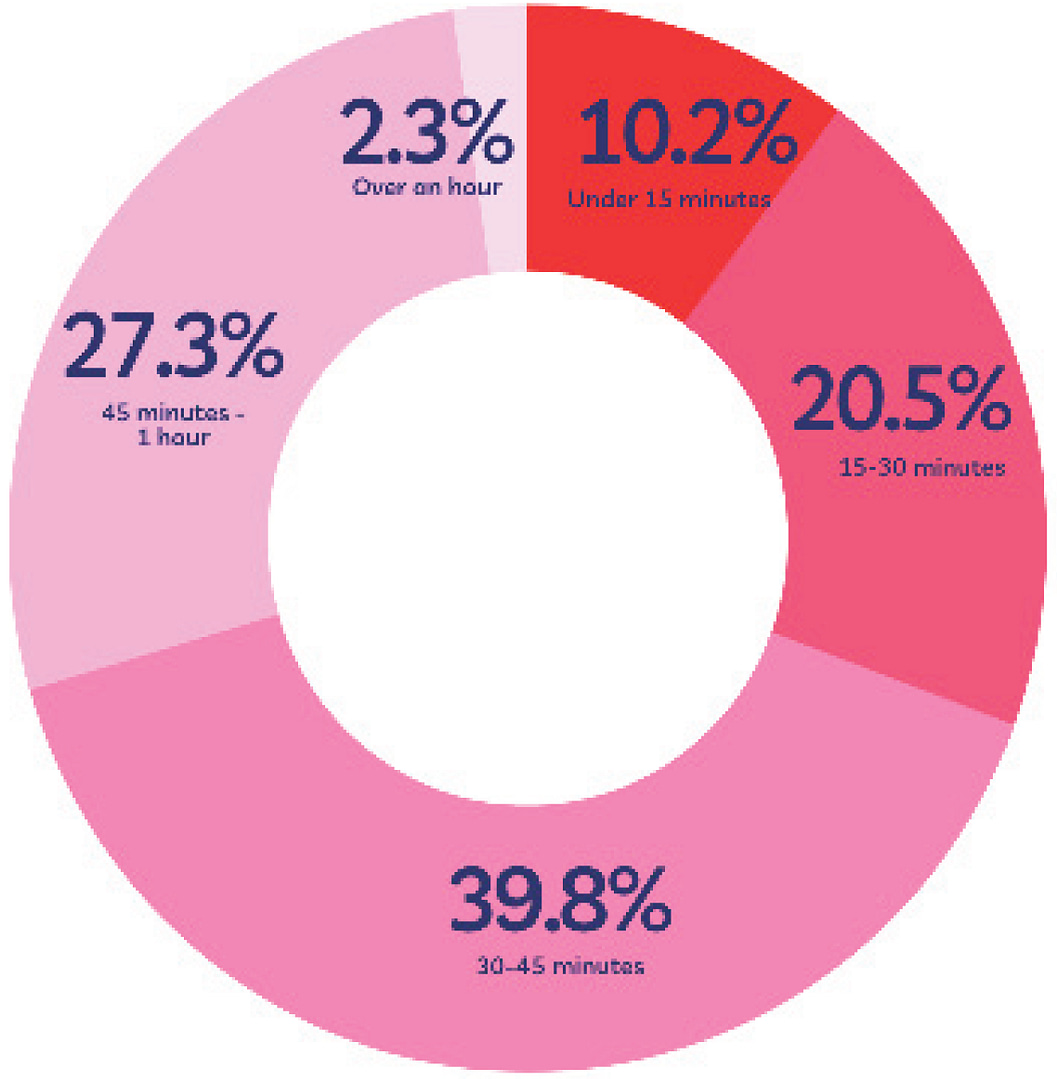When was the last time you decided to watch a movie at your local theater? How long ago did you watch an episode of a popular show on Netflix or scroll through the numerous movies available on Apple TV? If you find a large gap between your monthly or bi-monthly cinematic experience and your daily binge of Squid Game, you are simply recognizing a recent pattern: the extinction of local theaters perpetuated by at-home streaming.
Despite the slow recovery of the cinema industry, as pandemic restrictions loosen, the dominance of streaming services over the past decade remains undeniable, with the pandemic only widening the gap between the two opponents.
The melancholic decline of Arclight Cinemas epitomizes local theaters’ losing battle. Although popular among frequent moviegoers with high ratings and little complaints, rent-related expenses and financial deficits still begot the end of the beloved theater chain.
Meanwhile, shows like Stranger Things and Squid Game and movies such as Minari, Dune and Free Solo haveboosted streaming services to international success.
Junior Alex Thompson observes, “Platforms like Youtube and Netflix have become more relevant than movie theaters because traditional theaters make movies to make a profit, while Netflix and others have the freedom to fund films and shows that otherwise would have been looked over, Squid Game being a perfect example of that.’”
While cinemas must carefully select their films to pay for in-person expenses, streaming platforms can support a wide variety of entertainment with little risk while also still raking in profits from popular shows and movies released years earlier, such as The Office. Through the convenience of viewership alone, streaming platforms manage to surpass local theaters. Now, instead of eagerly awaiting the release of a movie in theaters, many people simply wait until said movie becomes available on-at-home platforms.
Junior Jared Marc Gonzales argues, “Movie theaters may be down as of right now because of people’s unwillingness to return to an open environment, but in the long run and in my personal experiences, most people enjoy watching a movie in its full experience at a theater.”
Granted, a local cinema may still have an edge on the common TV with respect to screen size, volume and, occasionally, 3-dimensional effects, but as technology continues to progress, the difference between the former and the latter will only continue to narrow. In recent years, both progressions in streaming technology and increases in its availability have made nightly binge-watching experiences and family movie nights much more enjoyable.
Local cinemas may be falling to the rise of streaming services, yet this decline is not necessarily bad for entertainment.
The rise of services like Netflix, Apple TV and Hulu could bring about an entertainment revolution, with more movies and shows that would have otherwise gone unrecognized in the box office becoming living-room classics.
Although theaters have diminished, the entertainment industry still remains unpredictable, and the loosening of pandemic restrictions could lead to more people reentering the cushioned seats of a local Cinemark or AMC.






Comments are closed.